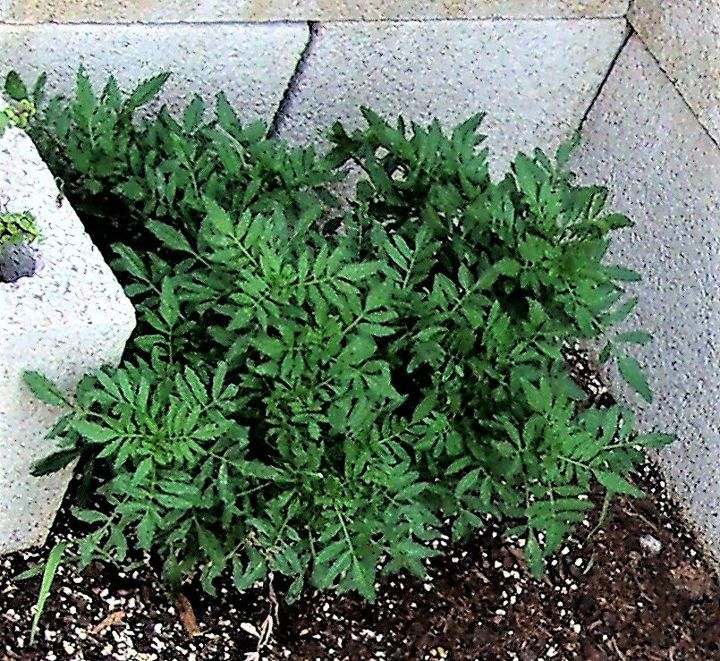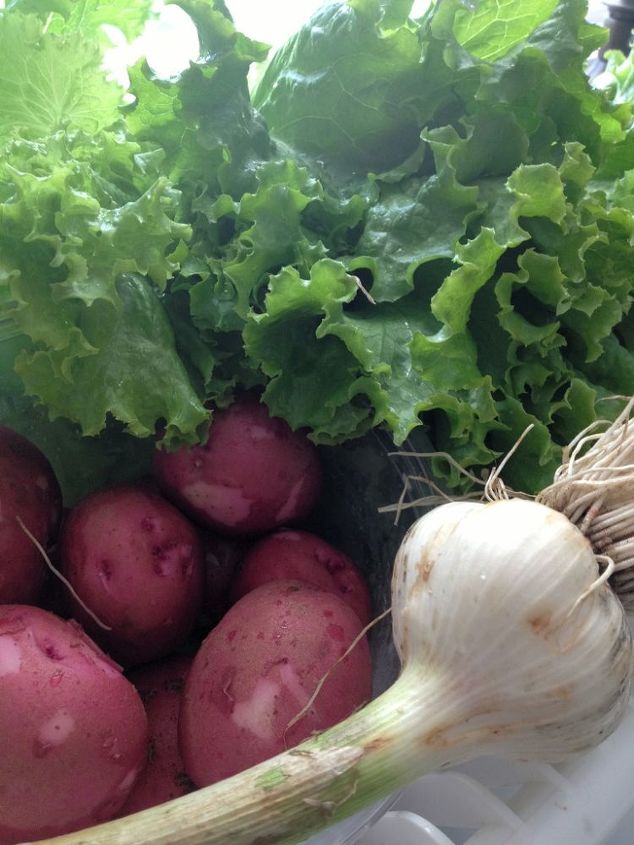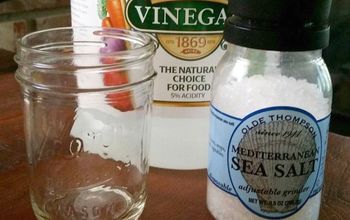How can I kill camas lilies?
Camas lilies are taking over my yard. THey are bulbs, way down deep. They spread by bulbs dividing and by seeds. I cut them down before seed heads form, cut off dried leaves, but can't get to bulbs.
Related Discussions
GNATS - How to get rid of them?
Somehow my house and garden got tiny gnats that killed my fuchsia plant and fly everywhere. I have tried ALL the Web recommendations - soap and oil dishes, sand in th... See more
Marigolds growing! Should I pinch the buds?
My marigold plants are growing. I heard that pinching the buds until Autumn will allow them to grow without killing the plant. Is this true?
Growing garlic
Growing our first garlic, should we wait until the leaves are drying out before we pick it? Husband picked first one today along with our first potatoes.
How to keep mice out of your garden?
Hi everyone, I have mice in my garden destroying my vegetables and I have also noticed them in the barn and shed. Please can someone tell me how to prevent them from ... See more
What's the best flower/plant to grow in Texas?
I know that opinions vary, but what's your opinion?!I have great luck w Rosemary plants. Green all year long.
How can I kill a pecan tree 19" tall that came up in a flower bed ?
There are too many plants around it to try to spray Round Up and I can't pull it up.



put out a sign "Free Calla Lilies - you dig!" They will be gone in no time
If you mean Calla Lilies, digging out the bulbs may be your only option. If you can't get them yourself, perhaps you could contact a local garden club or nursery and offer them free to anyone who wants to dig them up. You'll have to fill in when they are gone with some bagged soil, but it can't hurt to see if anyone else wants them. I personally have never had any luck growing them. But I have some Japanese Iris that are huge!
People love these lillies, and like Alberta, I have had zero luck in growing them.
Post a sign and they will be dug up in no time flat solving your problem.
Which kind do you have???? Camassia Quamash or Anticlea elegans
Mountain Death Camas is also sometimes called Poison Camas, Poison Sego, Alakali Grass, White Camas, Wand Lily, and Death Camas. These common names elude to the poisonous compounds found in this lily.Better get some undiluted Round-Up for these.
The scientific name elegans means elegant. It is a beautiful,white flowering, flowing plant even though it its highly poisonous. The genus contains plants with alkaloids toxic to both man and livestock. Sheep are frequently affected, since they seem to eat the plants more readily than other animals do. Hogs are said to be immune to the poison. Poisoning usually occurs in early spring because the death camases appear before most other range plants and their succulent leaves are available.
Make sure not to confuse this plant with the true Camas, which formed a stable food for Indians of the Northwest. The flowers are quite different, but Indians did occasionally mistake bulbs of the two, since both plants grow together in meadows. It is difficult to distinguish death camases from onions, sego lilies, fritillaries, and wild hyacinths when the edible plants are only a few inches high. However, a combination of leaf characters and a cross section of the bulbs or corms is diagnostic at any stage in the development of the plants.Detailed Description
Flowers: 3/8 of an inch long, saucer-like, to .75 inches wide, in racemes, with 6 white tepals (petals and sepals that are undifferentiated) and 6 stamen. The flowers are arranged in a raceme (spiraling around a central stalk).
Leaves: Basal, linear, and smooth, with parallel veins
Habitat: Death Camas grows in areas along streams and in forest clearings and meadows from about 6000 to 12000 feet in the mountains. It has a wide distribution from Alaska to New Mexico and from Nevada west to Minnesota. In Colorado it can be found flowering from June to August.
The Camas Lily, also known as Wild Hyacinth or Indian Lily. This vivid blue flowered nutritious bulb-like root of the camas lily (Camassia quamash) was historically one of the most widely used plant foods of the Nez Perce people, and it remains important for many tribal members today. It is a cultural resource as well as an important part of herbaceous wetlands. Camas lilies....dig them up & eat them!!! where do you live? Contact local tribe/park services see if they want/need to get them for restoration programs.
If it's the white ones ROUND-UP every time you see any sprouting.
vinegar will work but probably at this stage need Glysophate like Round-Up. Yes Round-Up-------sprayed on leaves it's then absorbed into stems/stalk then into root system killng entire plant. Just follow safety instructions they are on label for a reason.Get good 2 gallon pump sprayer(not a back pack) and buy the concentrate,add food coloring to it so you can see where you are spraying,wear disposable gloves,do not spray in wind/slightest breeze,spray low down directly onto the leaves of each plant,do not get in wet solution,if you spill any dilute with water. Whenever you see new starts spray them asap before it gets out of control again.This will kill the invasive plants and the grass will recover. With the vinegar it might not,because you have to use it straight to kill it and it will kill grass too. there are other products with glysophate but Round-Up is best on market. Just use it to be rid of problem/invasive plants and then stop,just as with anything "moderation" and precaution.Yes it's hazardous & it's always been labeled so, if used correctly no more hazardous than all the cleaners,paints,strippers,pesticides,pet pest control(poor animals-we feed it to them and put it on their skin) ,herbicides, fertilizers well you get the picture... used every day everywhere.
I will try this, thanks